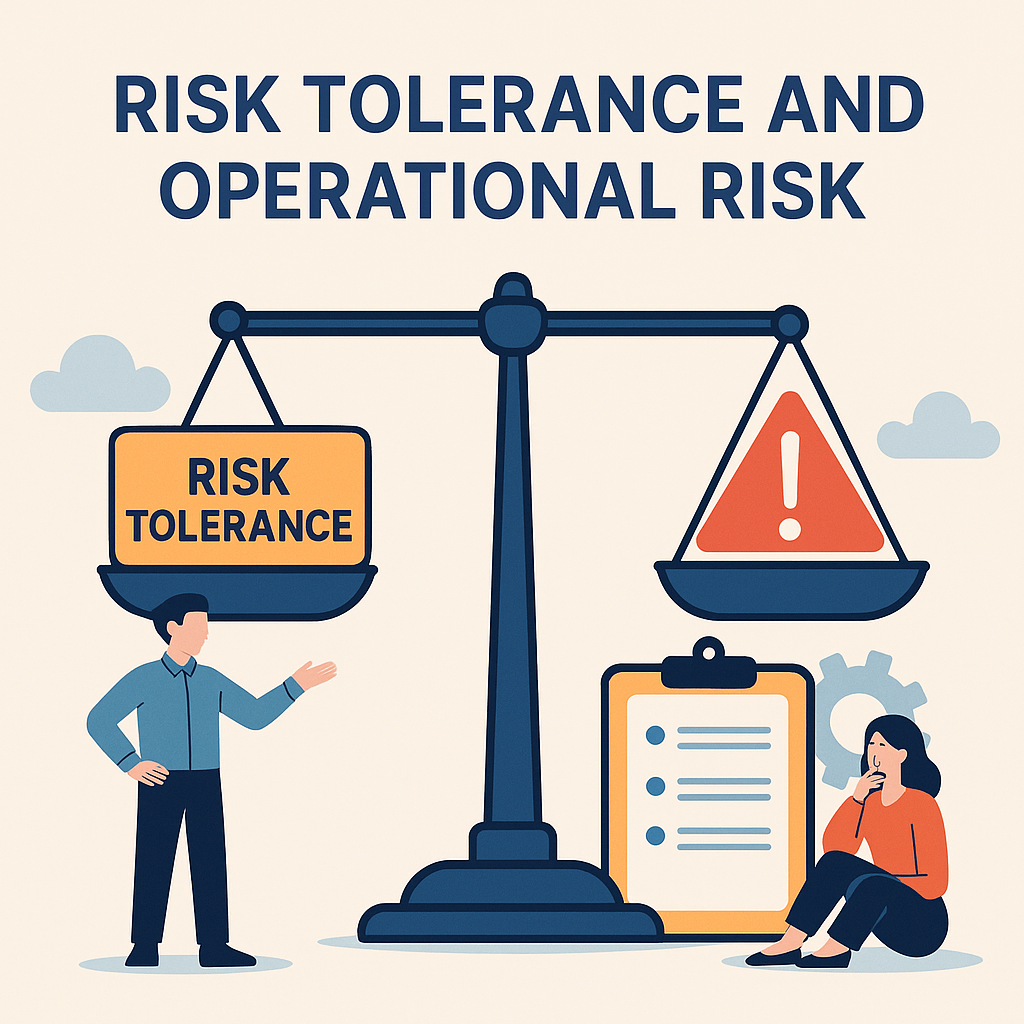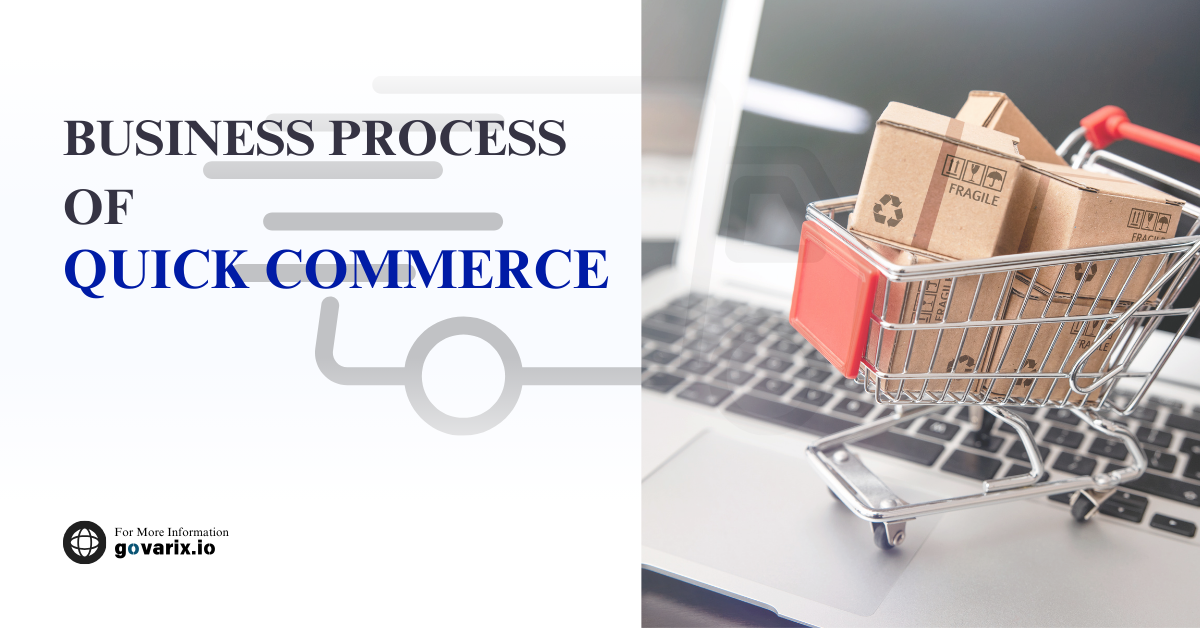Introduction
In the digital age, personal data has become a valuable currency. Organizations collect vast amounts of personal information from consumers, and while this enables enhanced services and targeted marketing, it also exposes individuals to significant risks. As data breaches, identity theft, and unauthorized usage of information continue to rise, the call for stronger data protection laws has become louder than ever. Leading the charge are regulatory frameworks like the General Data Protection Regulation (GDPR) in the European Union and the California Consumer Privacy Act (CCPA) in the United States.
This blog explores the rising significance of data protection regulations, their global impact, and what businesses need to do to stay compliant in a rapidly evolving digital ecosystem.
Understanding Data Protection Regulations
1.1 What is Data Protection?
Data protection refers to the process of safeguarding important information from corruption, compromise, or loss. It focuses on ensuring individuals’ right to privacy by regulating how personal data is collected, processed, stored, and shared.
1.2 Why Are Data Protection Laws Important?
- Safeguards consumer rights
- Promotes transparency and accountability
- Helps build trust between businesses and customers
- Reduces the risk of data breaches and legal liabilities
Major Data Protection Regulations
2.1 General Data Protection Regulation (GDPR)
Implemented in 2018, the GDPR is one of the most comprehensive data privacy laws in the world. It affects any company processing the data of EU residents, regardless of its location.
Key Provisions:
- Consent must be freely given, specific, informed, and unambiguous.
- Right to access, rectify, or erase personal data (Right to be forgotten).
- Mandatory breach notifications within 72 hours.
- Data Protection Officers (DPO) required for certain companies.
- Fines up to €20 million or 4% of annual global turnover.
2.2 California Consumer Privacy Act (CCPA)
Enacted in 2020, the CCPA grants California residents greater control over their personal data.
Key Provisions:
- Right to know what personal information is being collected.
- Right to delete personal data.
- Right to opt-out of the sale of personal data.
- Non-discrimination clause for exercising privacy rights.
2.3 Other Notable Laws
- Brazil’s LGPD (Lei Geral de Proteção de Dados)
- India’s Digital Personal Data Protection Act (2023)
- Canada’s PIPEDA (Personal Information Protection and Electronic Documents Act)
- China’s PIPL (Personal Information Protection Law)
These laws reflect a growing global trend toward stricter data governance.
Rising Global Emphasis on Privacy
3.1 Market Research and Trends
- According to Gartner, by 2024, 75% of the world’s population will have its personal data covered under modern privacy regulations.
- A Cisco study revealed that 84% of consumers care about privacy, and 48% have already switched companies due to data protection concerns.
- The global privacy tech market is projected to exceed $15 billion by 2025, highlighting the increasing demand for compliance solutions.
3.2 Industry-Specific Drivers
| Industry | Privacy Concern | Example |
| Healthcare | Electronic Health Records (EHRs) | HIPAA violations can cost millions |
| Finance | Customer financial data | PCI DSS and GDPR compliance critical |
| Retail | Online shopping behavior and profiling | Cookie tracking regulations |
| AdTech | Cross-site behavioral tracking | Google phasing out third-party cookies |
Impact of Regulations on Businesses
4.1 Compliance Costs vs. Benefits
Complying with regulations like GDPR and CCPA can be resource-intensive, involving costs related to:
- Legal consultations
- Technology upgrades (e.g., data mapping tools)
- Staff training and awareness
- Documentation and audits
However, these costs are outweighed by benefits such as:
- Enhanced customer trust and brand reputation
- Competitive advantage over non-compliant peers
- Reduced risk of fines and reputational damage
4.2 Operational Changes Required
- Data Minimization: Collect only what is necessary.
- Purpose Limitation: Use data solely for the purpose collected.
- Secure Storage: Encrypt and anonymize data.
- Consent Management: Implement opt-in mechanisms.
Technologies and Tools Enabling Compliance
5.1 Data Discovery & Classification Tools
Helps organizations identify where sensitive data resides (e.g., OneTrust, Varonis).
5.2 Consent Management Platforms
Enable users to grant or withdraw consent easily (e.g., TrustArc, Cookiebot).
5.3 Data Mapping and Inventory
Understand data flows and maintain updated records of processing activities.
5.4 Encryption and Tokenization
Technologies that protect data at rest and in transit.
5.5 Privacy Impact Assessments (PIA)
Automated tools to assess risks before launching data-heavy projects.
Challenges in Adapting to Data Privacy Regulations
6.1 Legacy Systems and Data Silos
Older IT infrastructures struggle to comply due to scattered or poorly documented data.
6.2 Third-Party Risks
Vendors and contractors with access to personal data increase the risk of non-compliance.
6.3 Constantly Evolving Laws
Staying up to date with global privacy laws is a continuous effort.
6.4 Balancing Personalization with Privacy
Businesses often walk a fine line between personalization and data exploitation.
Case Studies
7.1 Facebook (Meta) and GDPR Fines
In 2023, Meta was fined €1.2 billion for violating GDPR by transferring EU data to the U.S. without adequate safeguards.
7.2 Sephora and CCPA Violation
In 2022, Sephora was fined $1.2 million for failing to disclose data sales and not honoring opt-out requests.
7.3 British Airways Breach
In 2018, a breach exposed data of 500,000 customers. GDPR penalties amounted to £20 million.
- Future Outlook: What’s Next in Data Protection?
8.1 AI and Data Privacy
With the rise of artificial intelligence, ethical data usage and algorithmic transparency will gain prominence.
8.2 Global Standardization?
There is growing advocacy for a universal data privacy framework to harmonize cross-border compliance efforts.
8.3 Enhanced User Control
More emphasis will be placed on self-sovereign identity models and user-managed data vaults.
Conclusion
The importance of data protection regulations like GDPR and CCPA cannot be overstated. As data becomes central to business operations and consumer trust, compliance is no longer optional. Businesses that prioritize privacy and transparency not only avoid legal pitfalls but also position themselves for long-term success. With the right technologies, strategies, and mindset, organizations can navigate the complex privacy landscape and emerge as leaders in ethical data stewardship.








